Different types of rubies
Rubies occupy a special place in the world of red gemstones. They are one of the most valuable and delightful stones on the planet. However, few people know that there are many other gemstones with a red tint. Rubies are distinguished by their beauty, intense color and brilliance. They are members of the corundum family of minerals, while pink sapphires, although similar in color, also belong to this family.
One way to classify rubies is their hardness. They have a very high hardness and are second only to diamonds on the Mohs scale, which measures the hardness of minerals. This makes rubies very durable and resistant to damage, making them an ideal choice for jewelry.
In our article, we will look at the various sources of rubies, their possible forms and specific attributes. 
Ruby shapes
Rubies come in a variety of shapes, each giving them a unique look and character. Some of the most common ruby shapes include oval, circle, emerald, princess, and cushion. Each shape has its own characteristics and appeal, and the choice of ruby shape depends on the preference and style of jewelry. Regardless of their shape, rubies are always impressive and delightful stones that draw attention with their beauty and brilliance.
Examples of ruby stones
Here are some examples of famous ruby stones:
- The "Ruby Star of Burma" is a rare and famous star shaped ruby found in Burma. It has an intense red color and is one of the most precious rubies in the world.
- "Mogok Ruby" is a ruby that gets its name from its place of origin, Mount Mogok in Myanmar. It is known for its rich red color and high purity.
- "Padparasha" is a ruby with a unique orange-pink hue. It is a rare and valuable stone that attracts attention with its unusual color.
- "Kashmir ruby" - a ruby that was mined in the Kashmir region of India. Kashmir rubies are known for their deep crimson hue and high clarity.
These examples showcase the variety and beauty of ruby stones, each with its own unique color palette and characteristics.
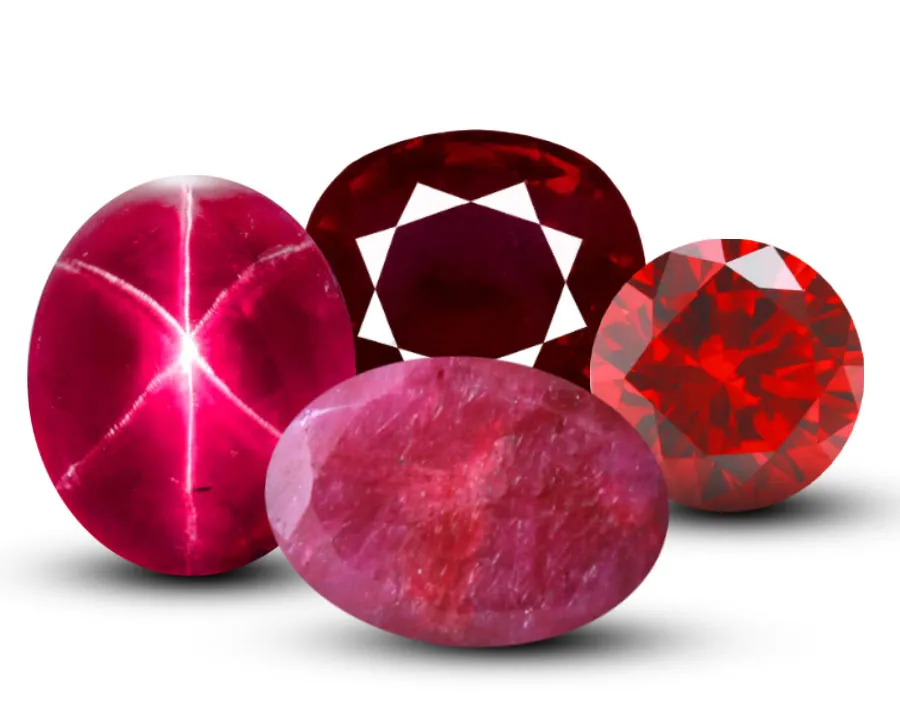
Burmese rubies
Burmese rubies are among the most precious and coveted gemstones in the world. They are known for their deep red color, saturation and brightness. Burmese rubies are also distinguished by their high degree of transparency and the absence of strong inclusions. These stones are mined in Burma (now Myanmar) and their rarity and beauty make them especially valuable in the gemstone market.
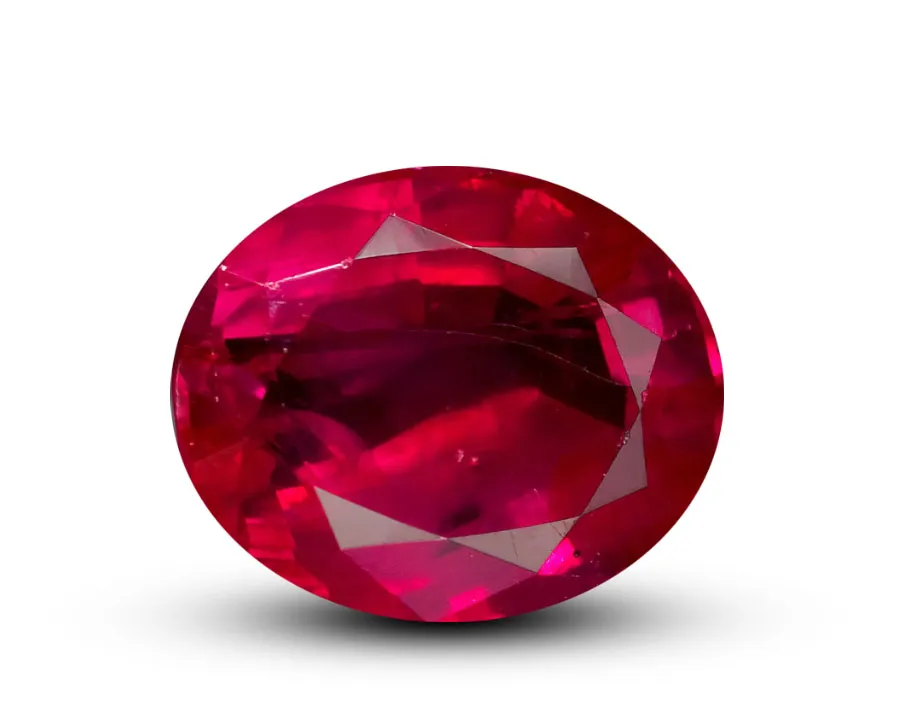
Pigeon blood ruby
The blue blood ruby is a rare and exclusive type of ruby that is distinguished by its special color. It gets its name from the deep blue-blue hue that resembles the color of blue blood. The ruby's blue blood is especially valuable and attractive due to its uniqueness and beauty. This type of ruby can come in a variety of sizes and shapes, and its value can be significantly higher than other types of rubies due to its rarity and unique color.
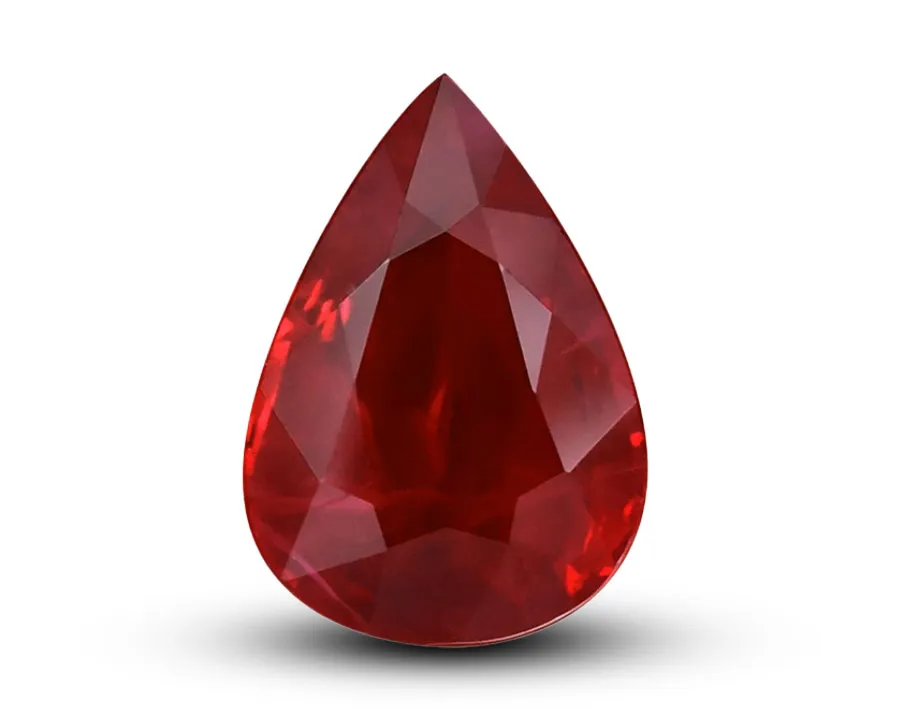
Star ruby
A star ruby, also known as a "star effect ruby", is a special type of ruby that has a unique optical effect. A bright six-pointed star forms on the surface of the stone, thanks to inclusions of the mineral rutile, which reflect light and create a star effect. This effect makes the star ruby very attractive and valuable. They usually have a domed cabochon size and have a high degree of transparency. The star on the stone can be of different colors, but red is considered the most desirable.
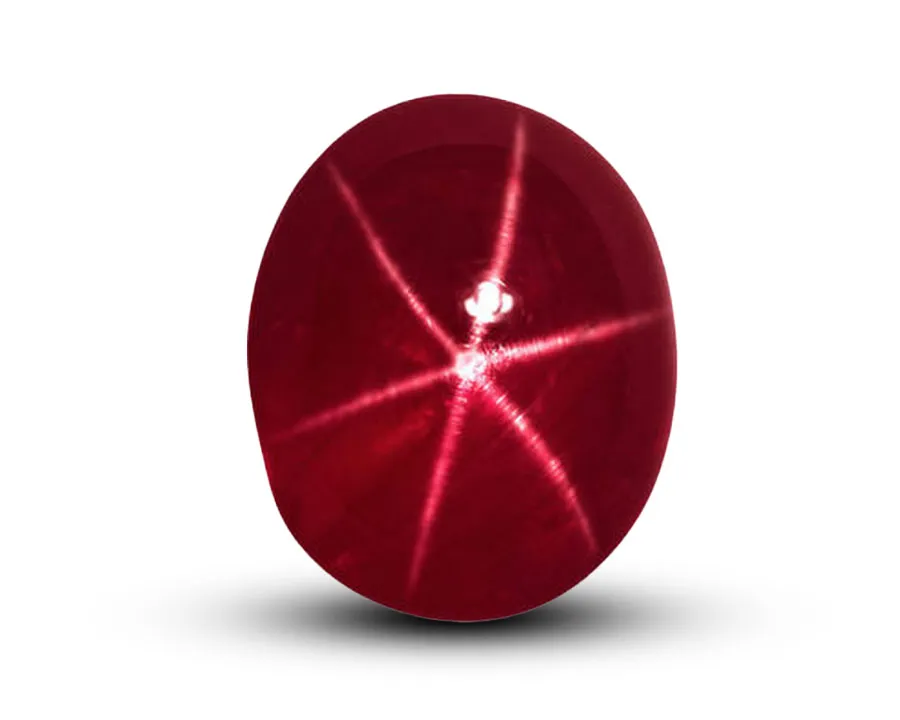
Pink ruby
Value, significance and rarity
It is one of the most valuable and rare types of ruby. Its value and significance are determined not only by its beautiful color, but also by the rarity of its occurrence in the gemstone market. The pink color of a ruby comes from the impurity of chromium in its crystal structure. The more intense and pure pink a ruby is, the more valuable it is considered. Pink rubies of large size are very rare, so they are considered especially valuable and desirable. They have a high degree of transparency and gloss, which makes them even more attractive. It is also used in jewelry such as rings, necklaces and earrings and is a symbol of luxury and elegance. Because of their rarity and high value, pink rubies attract the attention of collectors and investors. They are in constant demand at auctions and often become the centerpiece of exclusive jewelry collections.
In general, the pink ruby is a symbol of luxury, beauty and rarity. Its value and significance make it one of the most coveted and valuable gemstones in the world.
Pink Ruby Sources
Myanmar, formerly known as Burma, has historically been known as a major source of rubies. However, the landscape has changed and Myanmar is now just one of many countries producing both pink and red rubies. As for pink rubies specifically, Sri Lanka has become the leading country in their production, surpassing other countries in terms of quantity and availability.
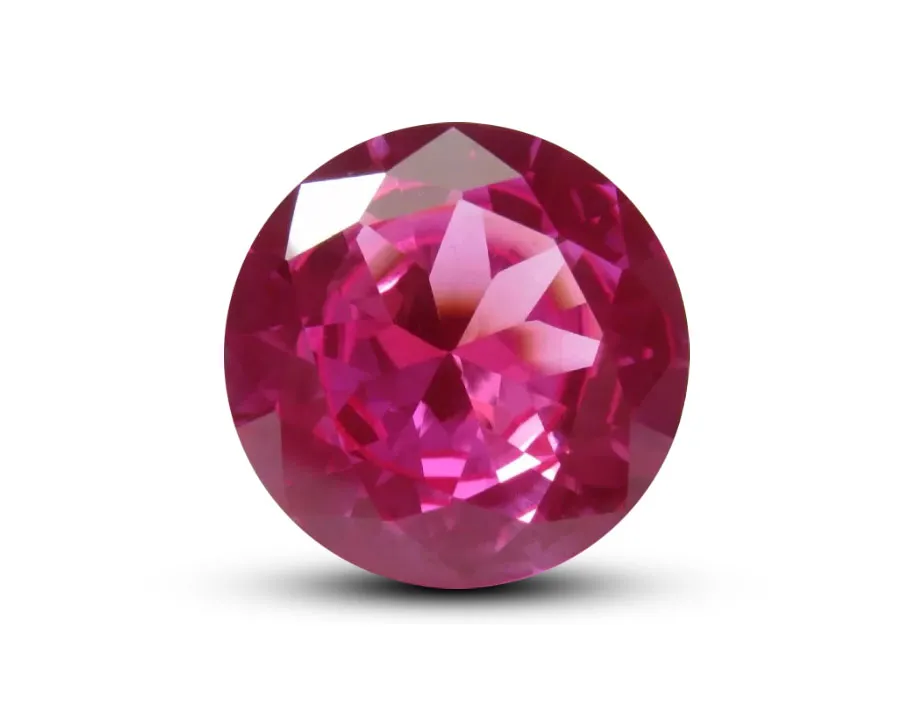
The most famous pink rubies
One of the most popular pink rubies is the "Pink Star", known for its mystical glow that creates the effect of a star on the stone's surface. This rare and exclusive ruby has a bright red color with a delicate shade of pink and is considered one of the most valuable and costly gemstones in the world. Another famous pink ruby is "Pink Pigment". This stone has a rich and deep pink color that creates a feeling of harmony and tenderness. "Pink pigment" is widely used in jewelry, and its unique beauty and appeal make it very popular among gemstone lovers.
Yellow ruby
Rubies are usually associated with the color red, however yellow rubies are a special and rare variant of this gemstone. Yellow ruby, also known as "yellow sapphire" or "yellow corundum", has an attractive yellow or golden hue. The color can vary from light yellow to rich golden. They may be clear or have some degree of haze. They have the same hardness and brilliance as red rubies, which makes them suitable for use in jewelry. One of the famous origins of yellow rubies is Sri Lanka, where high quality stones with beautiful shades of yellow are mined. They are also found from other places, including Thailand, Madagascar and Myanmar.
Value-Determining Properties of Yellow Rubies
One of the most important factors in determining the value of a yellow ruby is its color. They come in a variety of hues, including light yellow, golden, amber, and intense yellow. Saturation and color uniformity are key factors. Richer and purer shades of yellow ruby are usually valued higher.
Yellow rubies with a high degree of clarity and minimal inclusions or imperfections are considered more valuable. The greater the transparency, the better the light penetrates through the stone, giving it shine and brightness. Larger rubies, especially those with good color saturation and quality, are usually more valuable as they are rarer and require more material to mine. The quality of the cut is important in determining the value of a yellow ruby. Well-cut, symmetrically shaped and well-proportioned stones can provide maximum light return, giving the stone extra brilliance and brilliance. Yellow rubies from well-known deposits such as Sri Lanka, Thailand and Myanmar may be more valuable due to their reputation and quality.
Sources of yellow rubies
Historically mined in Thailand, rubies are also found in mines around the world, including India, Australia, Cambodia, Japan, Brazil, Scotland, and many other countries and regions.
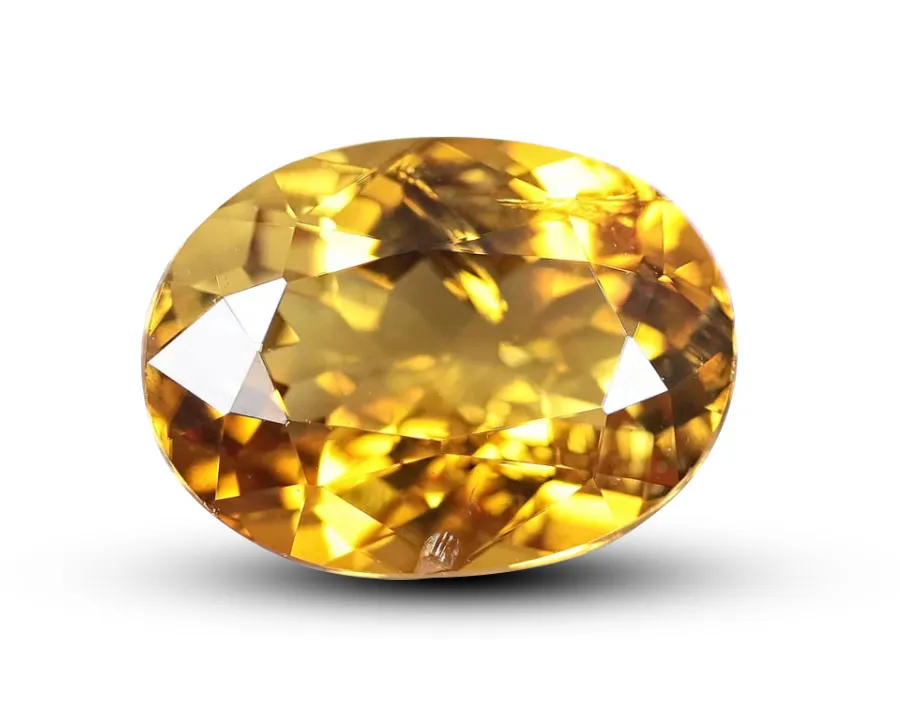
If you want to buy ruby jewelry, Kantor Jewelry will be happy to help you find the best gemstone and create a unique jewelry piece of your own design. We don't buy stones wholesale, we look for the best, most beautiful and profitable personal option for our clients. We seek out special stones for your request until you are satisfied.
Kantor Jewelry will help you to find the best setting option for your stone so it can please you with its beauty for many years as a part of a unique jewelry piece that will be passed from generation to generation.
























































